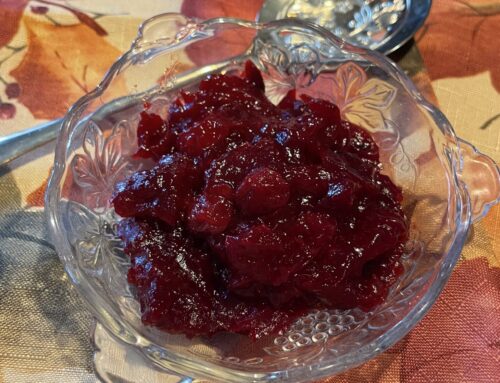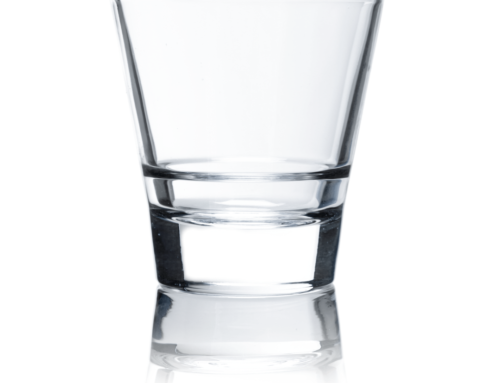I enjoy a cocktail and I love wine, but sometimes our pour is more that we realize. Glasses are larger, and alcohol content has increased in wine and beer in the US.
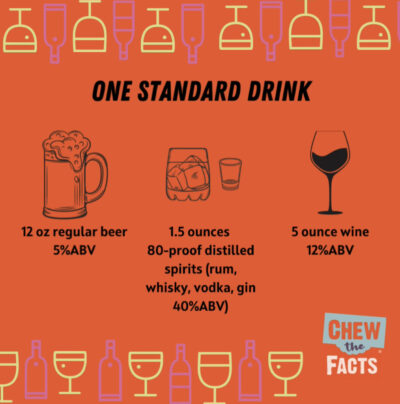
Alcohol By Volume
Ready-to-drink beverages like mixed drinks, malt or wine based beverages, in “single-serving” cans, are becoming very popular, especially with Millennials. However, one of those cans may ACTUALLY be equivalent to 2-3 standard drinks.
It’s all about ABV – alcohol by volume. A Standard Drink is equivalent to 0.6 ounces of ethanol. Some examples are: 12-oz beer (5% alcohol), 5-oz wine (12% alcohol) and 1.5 oz spirits (40% alcohol). These all represent “one serving”.
You need to do the math. This calculation determines how any alcoholic beverage stacks up to a “one drink” standard.
(X ounces of beverage✖️%ABV) ➗ 0.6 %ABV 🟰 number of “standard drinks”
Let’s consider this canned wine beverage. It’s a 12-ounce can, and the ABV is 12%. So using the equation you see that one can is actually equivalent to 2.4 drinks!
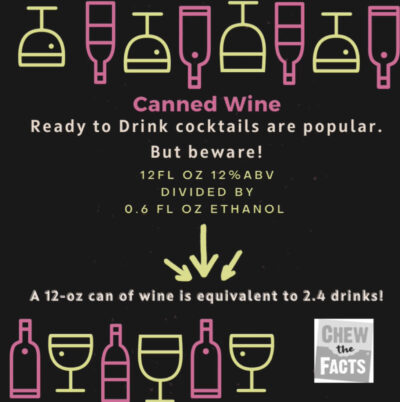
Or what about a craft beer? Most breweries will post on the board what the ABV is of each choice. This can vary from 4-9% ABV. A 10-ounce pour of a beer that’s 9%ABV is actually equivalent to 1.5 “standard drinks” (or one regular, 5%ABV 12-ounce beer). See how this works?
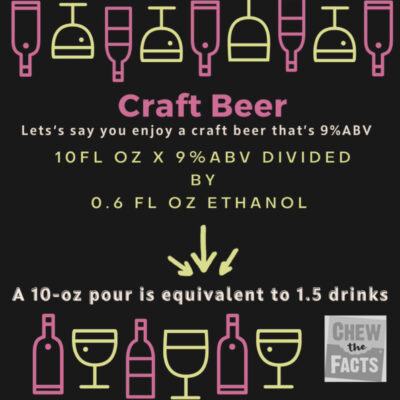
Alcohol and Your Health
Excessive alcohol isn’t good for your health. If you have hypertension (high blood pressure) you should moderate any alcohol consumption, as it will increase your blood pressure. Some research has shown that moderate alcohol consumption is linked with some healthy benefits, but this is not a reason to start drinking.
According to the Dietary Guidelines, men should consume no more than 2 drinks per day, and women no more than one, or less. There is no beverage of moderation when it comes to drinking alcohol, only the practice of moderate portions within the Dietary Guidelines. You may often hear that “red wine is healthy” but it’s the antioxidant resveratrol in it that has the health benefits – which you can also get from blueberries, peanuts, grape juice or grapes. All alcohol is a toxic substance in large amounts.
When Not to Drink
Abusing alcohol (drinking daily or binge drinking) can cause serious physical and mental health problems. If alcoholism runs in your family you may consider abstaining. Talk to your doctor, and be honest about the amount you drink when surveyed.
Of course, women who are pregnant or breastfeeding should abstain completely from any alcohol consumption. Alcohol interferes with some medications, or can have adverse effects, so follow your doctor’s instructions if he or she alerts you to such interactions.

